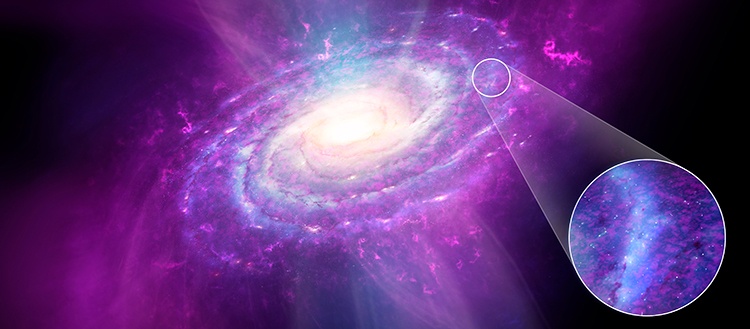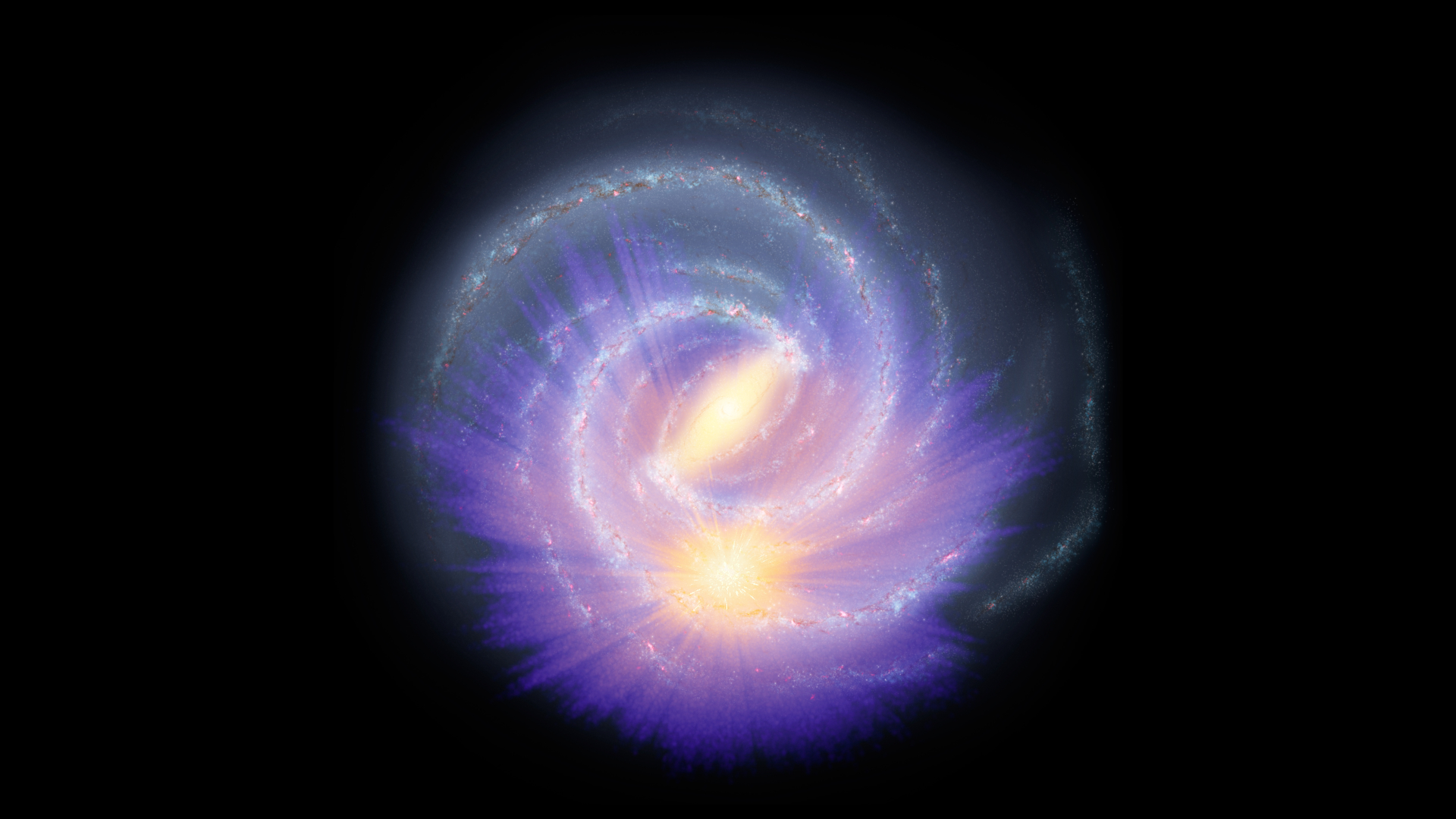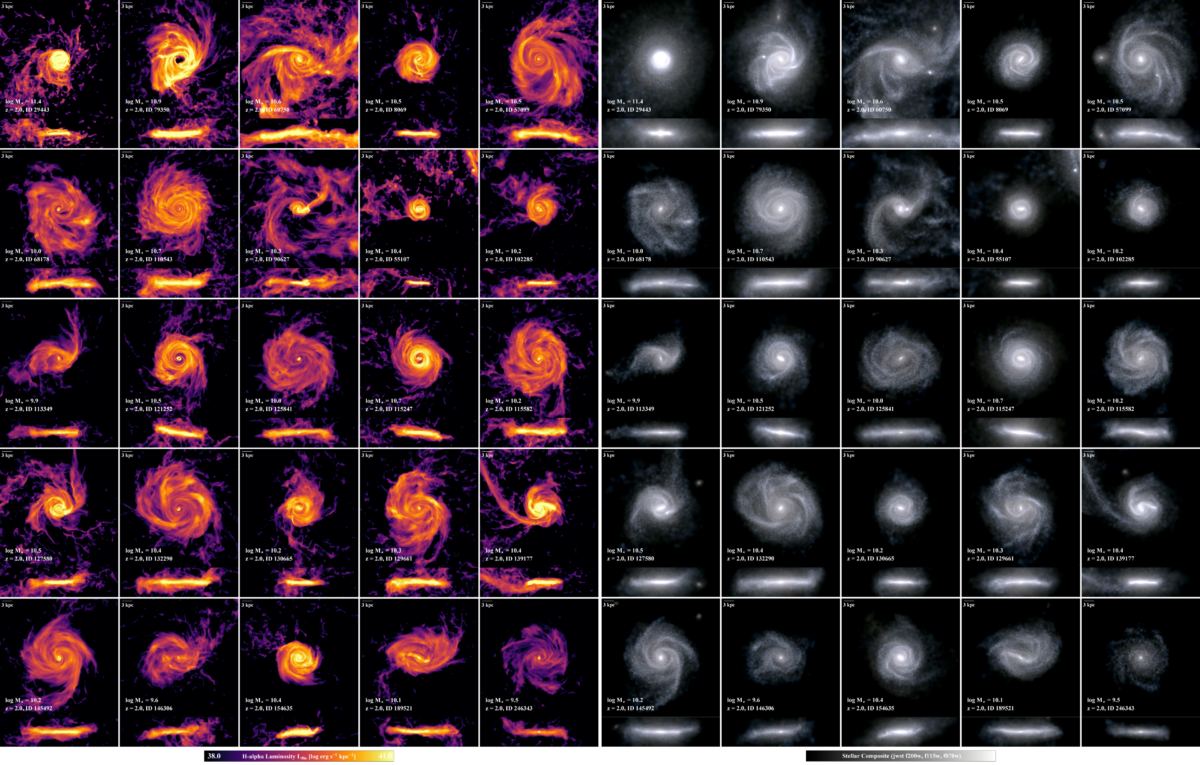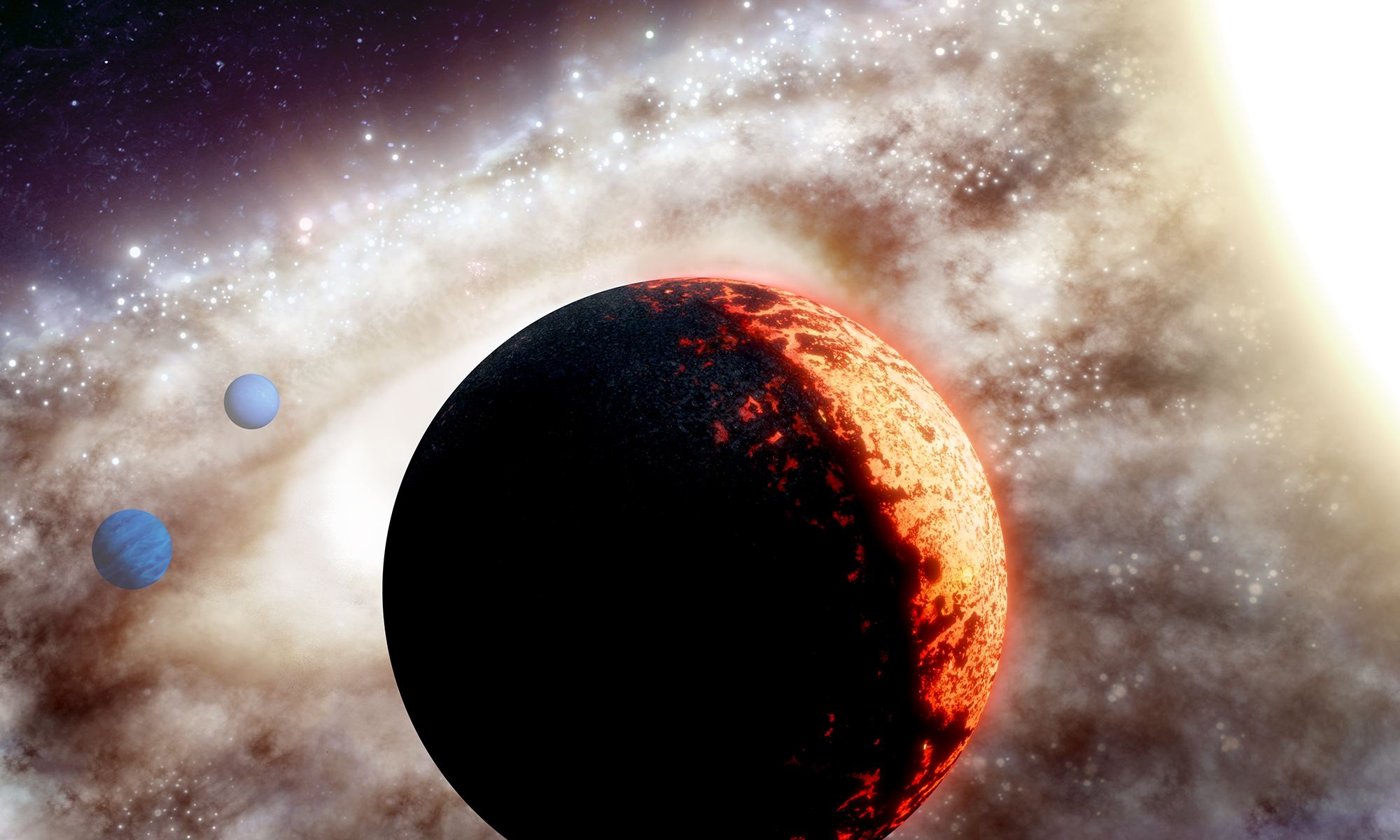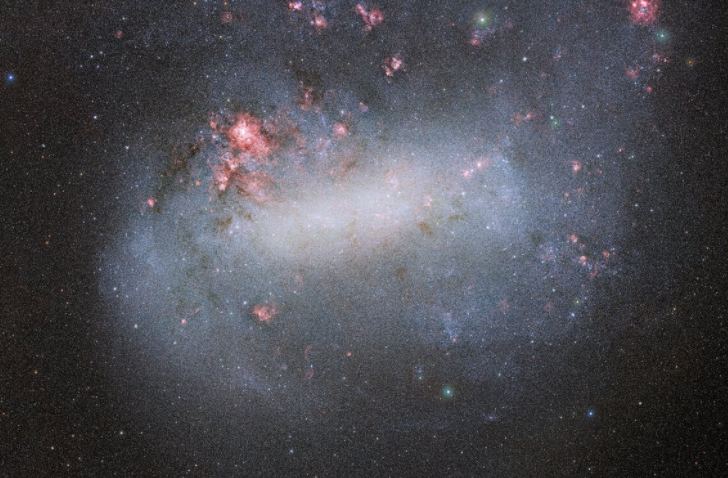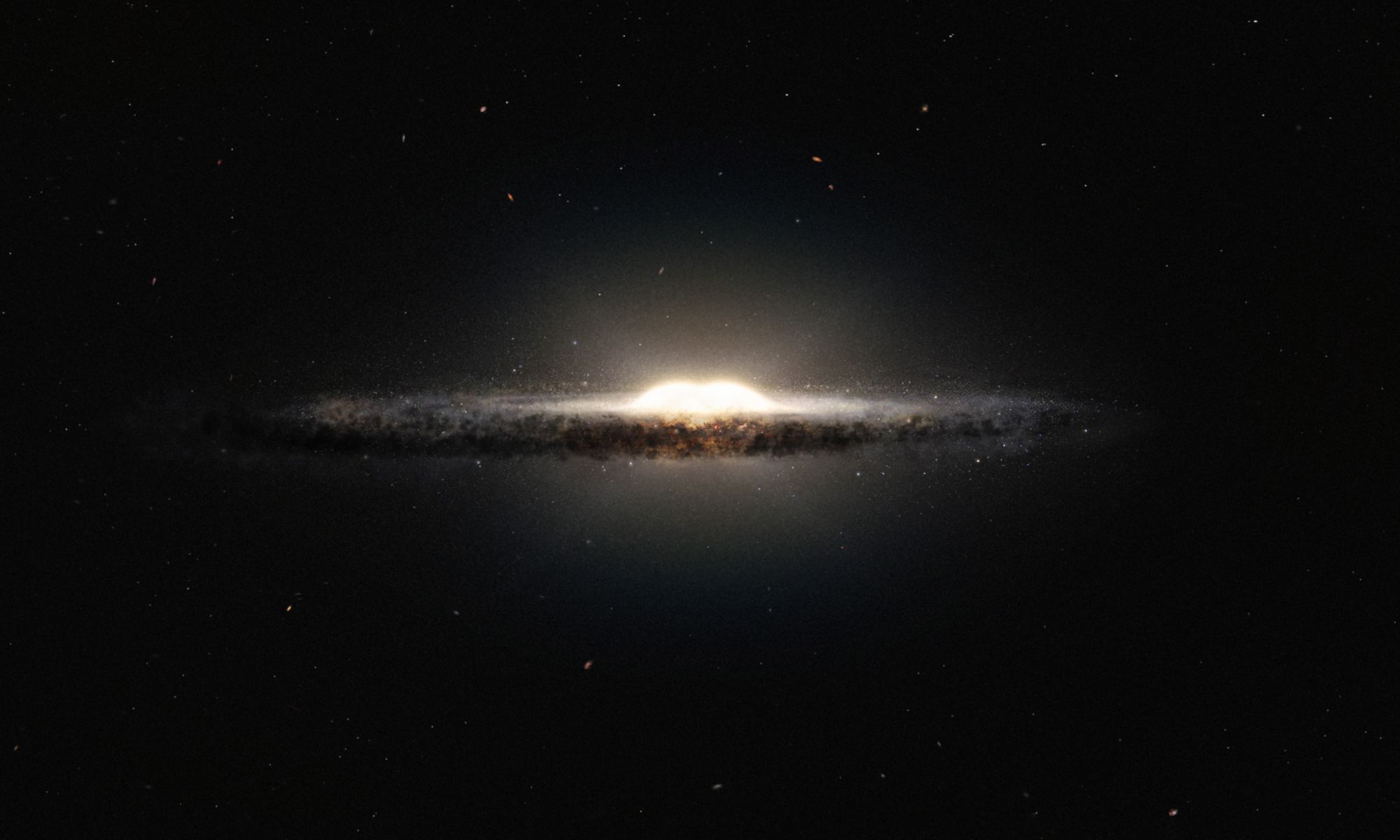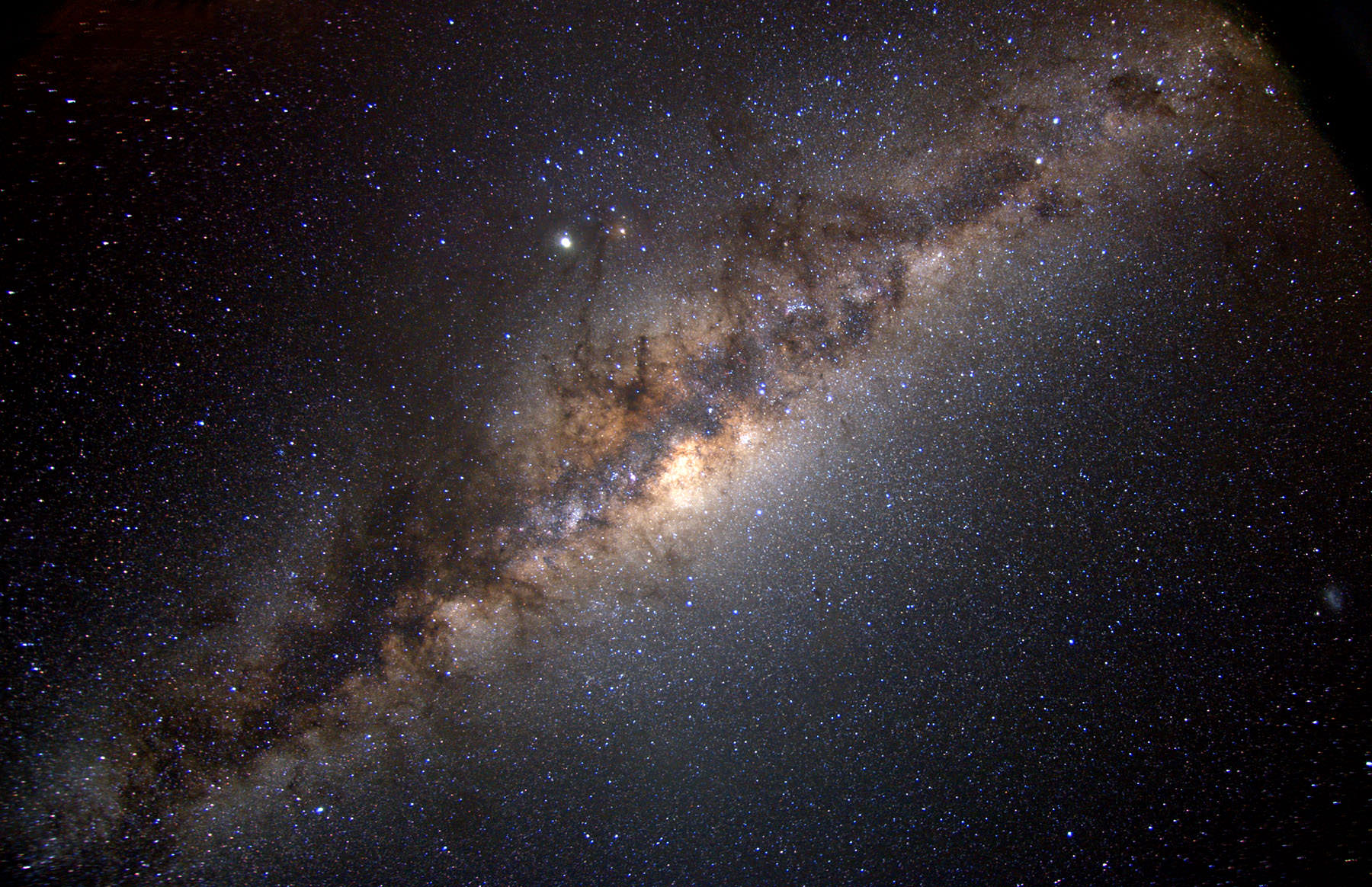Gas from the intergalactic medium constantly rains down on galaxies, fueling continued star formation. New research has shown that this gas is not evenly mixed, and stars are not equal across the galaxy. This result means that solar systems are not the same within the Milky Way.
Continue reading “The Milky Way Hasn’t Been Evenly Mixed”The Milky Way Hasn’t Been Evenly Mixed
